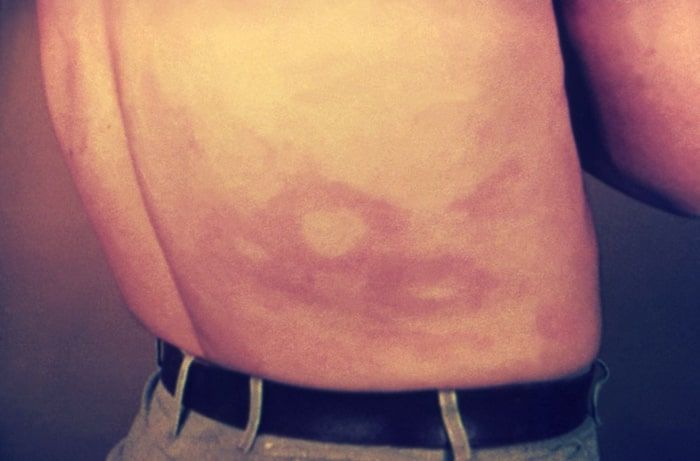Spotlighting Leprosy's Stealthy Return in 28 Mexican States
Leprosy, a persistent concern in 28 Mexican states, demands attention on World Leprosy Day. Academic Maria del Rosario Morales Espinosa highlights rising cases, detection challenges, and the impact of COVID-19 neglect.

Leprosy is an infectious and curable disease; with proper detection and care, the patient can be prevented from having disfiguring or disabling lesions, says María del Rosario Morales Espinosa, an academic from the Department of Microbiology and Parasitology of the UNAM School of Medicine.
She stresses that it has not been eradicated and in Mexico there are cases in 28 states, so the population must be aware of its existence. Doctors should also be prepared so that, starting at the first level of care, they can identify it, adds the specialist on the occasion of World Leprosy Day, which is commemorated on the last Sunday of January.




